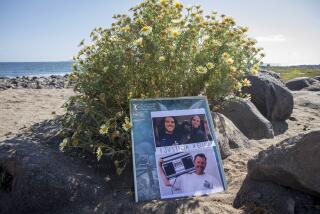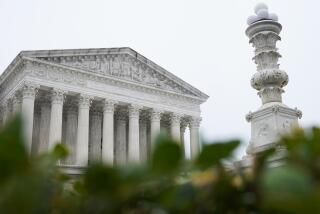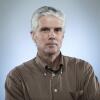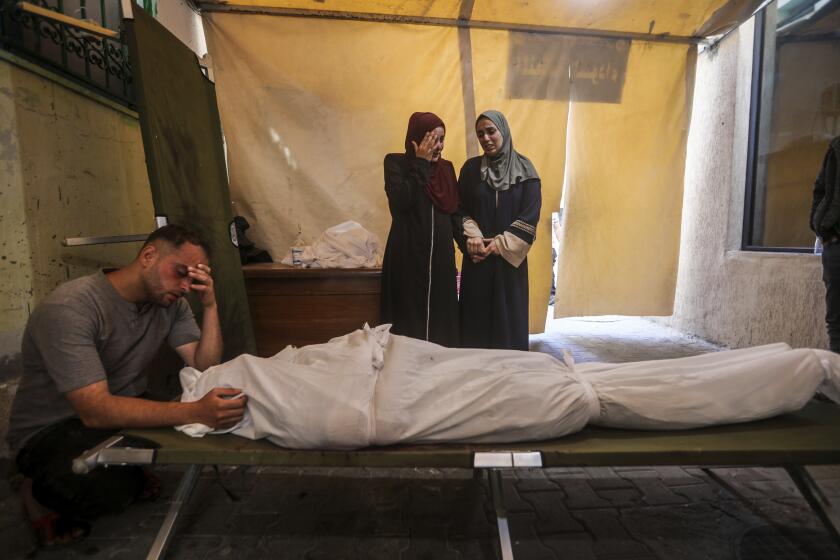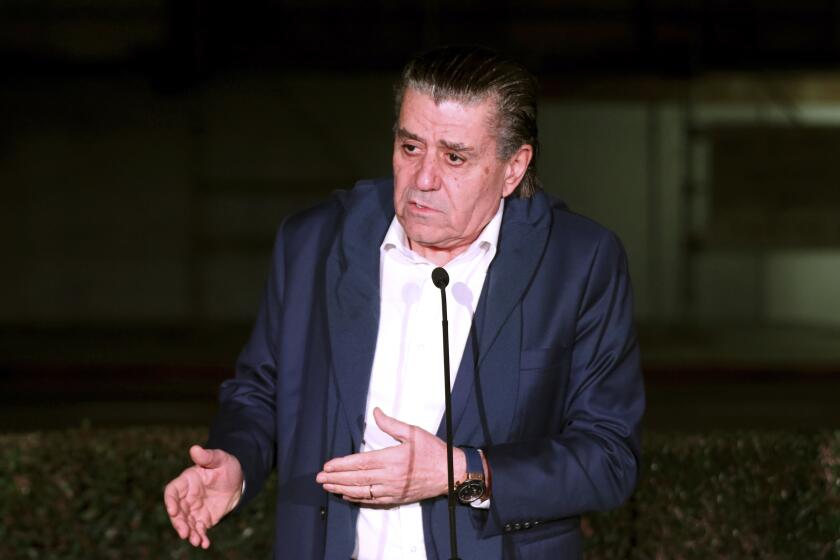Iraqi Terror Camp Cracks Its Doors
In a crude attempt at public relations, guerrillas draped in grenades and brandishing Kalashnikovs allowed journalists to inspect a compound in northern Iraq on Saturday that Secretary of State Colin L. Powell identified to the U.N. Security Council last week as a terrorist haven for manufacturing chemical agents.
The fighters, members of a group known as Ansar al-Islam, disputed Powell’s charges, which he backed up with a satellite photograph, that they are linked to Al Qaeda and are masterminding a poison factory and training camp to attack Western targets from bases scattered across the snow-dusted mountains of this region.
“You can search as you like. There are no chemicals here,” Ansar spokesman Ayub Khidir told the journalists, who were escorted by a bullet-pocked truck to a mountain crease flecked with sheep and minefields.
A collection of half-finished cinderblock buildings, the compound is home to the Victory Brigade, which has been battling forces of the autonomous Kurdish enclave in Iraq along the border with Iran.
The buildings and the fighters -- wearing ripped sneakers or old boots -- were thrust into the world’s spotlight when Powell told the Security Council that Ansar is a link between the Al Qaeda terrorist network and Iraqi President Saddam Hussein. Powell said the group, with help from operatives of Osama bin Laden, is making toxins and training terrorists. The satellite photo unnerved Ansar, which believes that it would now be a likely target in the event of a U.S. invasion of Iraq.
Ansar officials denied connections to Al Qaeda or any foreign countries. Contrary to Kurdish and U.S. intelligence, the group said there are no Arabs or Afghans among its forces, totaling between 400 and 700 guerrillas. Some fighters, however, could be overheard whispering in Arabic.
Ansar members shied away from questions about the group’s philosophy, funding and terrorist tactics. When asked whether he admired Bin Laden, one fighter said: “We admire all Muslims. They are our brothers.”
Ansar has orchestrated a number of grisly attacks and assassination attempts from its redoubts in the Kurdish enclave, protected from Hussein’s forces by a “no-fly” zone patrolled by American and British warplanes. The terrorists are fighting the Patriotic Union of Kurdistan, which governs the eastern portion of northern Iraq, for control of about a dozen villages. Ansar has produced videotapes of its killings and mutilations of Kurdish soldiers, and it has vowed “holy war” against the secular world.
On Saturday, though, Ansar decided on a change of tactics.
After deliberating for a few minutes at a checkpoint bunker in their territory, the guerrillas invited journalists for a visit. The rust-colored dirt road to the compound rose along mountain ridges, past an Ansar graveyard and valleys with winding stone fences and ruins of villages and mosques destroyed in the Iran-Iraq war in the 1980s. Some of the fighters behind barbed wire seemed confused when visitors entered the compound.
The visit provided a glimpse into a group that has been both secretive and brutal since it was founded in 2001. Only a few fighters were allowed to speak. Journalists were permitted to roam through certain buildings; others were off limits. Much of the compound had the feel of a lonely outpost, with its big water drums, bedrolls, camouflage backpacks and burned garbage. There also were hints of family life: a child’s sandals, women’s clothes in a broken refrigerator.
Some floors were littered with broken compact discs. A video room had cassettes, cable jacks and a box of MCSE Computer Networking Essentials. A makeshift TV studio held halogen lights and swivel chairs.
It had been three days since Powell’s presentation at the U.N., and if Ansar had been producing chemical agents and biotoxins, they could have been removed. In any case, there were no visible traces of chemicals and no signs of laboratory equipment or industrial capability.
“We reject the Powell speech,” said Sarchi Ibrahim, a fighter with a neat beard and clean baggy trousers. “Do you think we could prepare chemical weapons here? We’ve been attacked by Hussein’s chemical weapons in 1988. Do you think we want that again? The interest of the U.S. is to colonize Iraq and get our oil.”
There was whispering behind him. He was called away.
In the TV studio, amid the clatter of guns and the glow of lights, Mohammed Hassan, wearing pinstripe pants and a turban, was evasive. When asked about Ansar’s battle with the Kurdish government, he replied, “We believe the right people always prevail over the wrong.” Assertions that his compound was a poison factory are, he said, “lies circulated” to the U.S. by Kurdish leaders, including Jalal Talabani, president of the Patriotic Union of Kurdistan.
Someone asked why Ansar’s Web site includes images of the mutilated bodies of Kurds. Hassan seemed to weary of his spin control efforts; the interview stopped after 20 minutes.
U.S. intelligence teams have been spotting and eavesdropping on Ansar positions for months. A Muslim leader in a neighboring village, Ali Bapir, said a Kurdish Islamic spy had been giving the U.S. information on Ansar. The U.S. claims that the “poison and explosive training center” in Sargat is overseen by Abu Musab Zarqawi, an Al Qaeda chemical expert.
“If the U.S. bombs them, it will make them heroes among Muslims,” an Islamic writer said of Ansar on the way to the compound. “And it will make the U.S. a lot of enemies.”
After journalists spent an hour at the Ansar compound, the mood changed. Photographers were scolded for wandering to places they shouldn’t have. Guerrilla spokesman Khidir, a big man with a long beard who reportedly makes Ansar’s bombs, called some visitors close to him and his well-armed fighters. His eyes hardened.
He said that the visitors had inspected the compound and that they should understand that Powell’s comments were lies. Then, with two guerrillas moving in close with video cameras, Khidir asked the visitors one by one what they had seen.
The answers were brief. The drive down the mountain began quickly.
More to Read
Start your day right
Sign up for Essential California for news, features and recommendations from the L.A. Times and beyond in your inbox six days a week.
You may occasionally receive promotional content from the Los Angeles Times.
